I'm working on a successive interference cancellation (SIC) project for an OFDM system.
I used pilots and least square channel estimation to estimate the channel frequency response (CFR.) It works just fine for recovering the QPSK data in the interference.
What I really want is to get the channel impulse response (CIR) of the interference channel so I can reconstruct the interference signal fully and then use it for SIC, so I took IFFT of the CFR in the hope that I will get CIR by doing so. That doesn't work at all.
I'm really new to this area, can anybody comment on if this is the right approach to estimate the CIR for a SIC application? If not, how should I approach this kind of problem?
Here's some information about the OFDM system:
- The channel has 5 taps.
- There are 240 subcarriers for the OFDM, and the IFFT length is 256.
- A cyclic prefix length of 18 is is used.
edit*
The channel estimation I used can recover the QPSK ok but I found that the estimated channel is quite different from the true one, especially the phase profile. Maybe I didn't do the channel estimation correctly?
From left to right: CFR, estimated CFR, recovered QPSK. This is the performance without noise.
